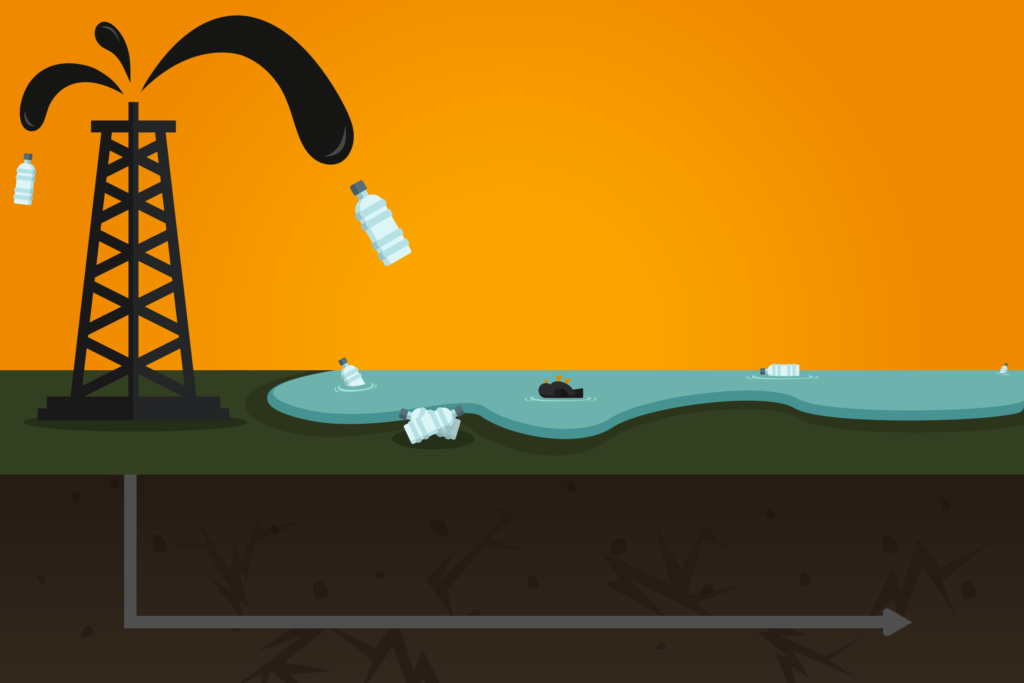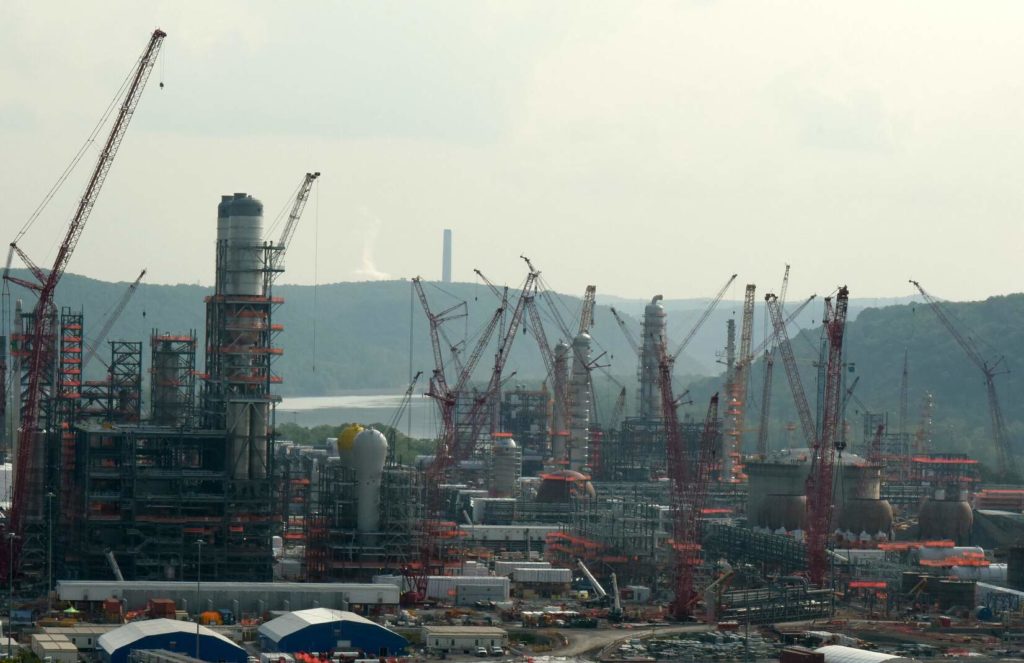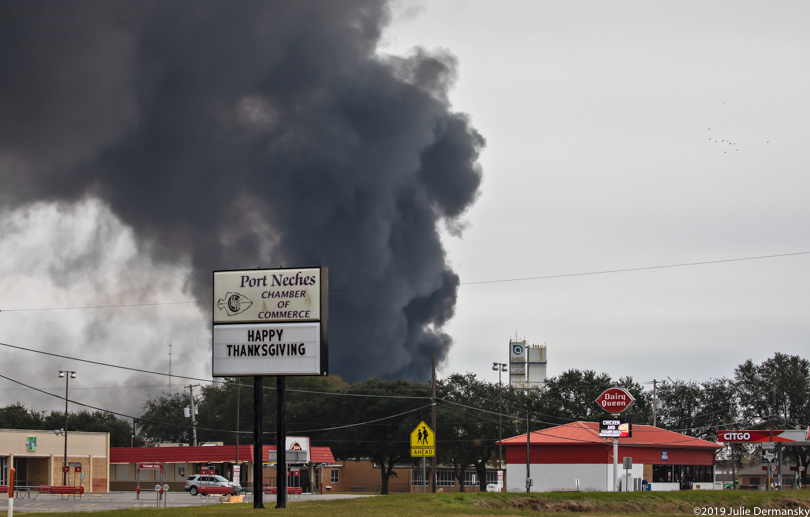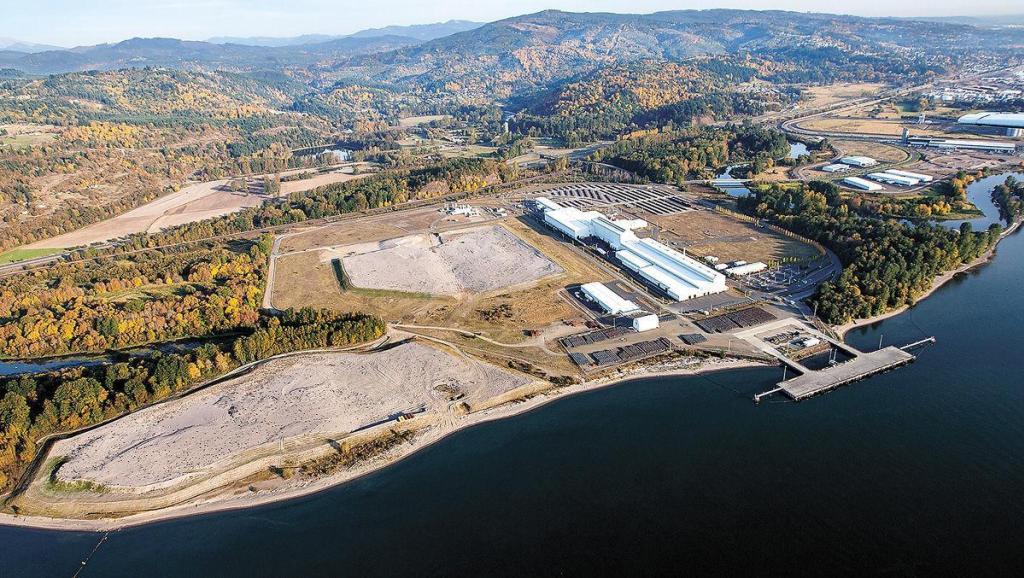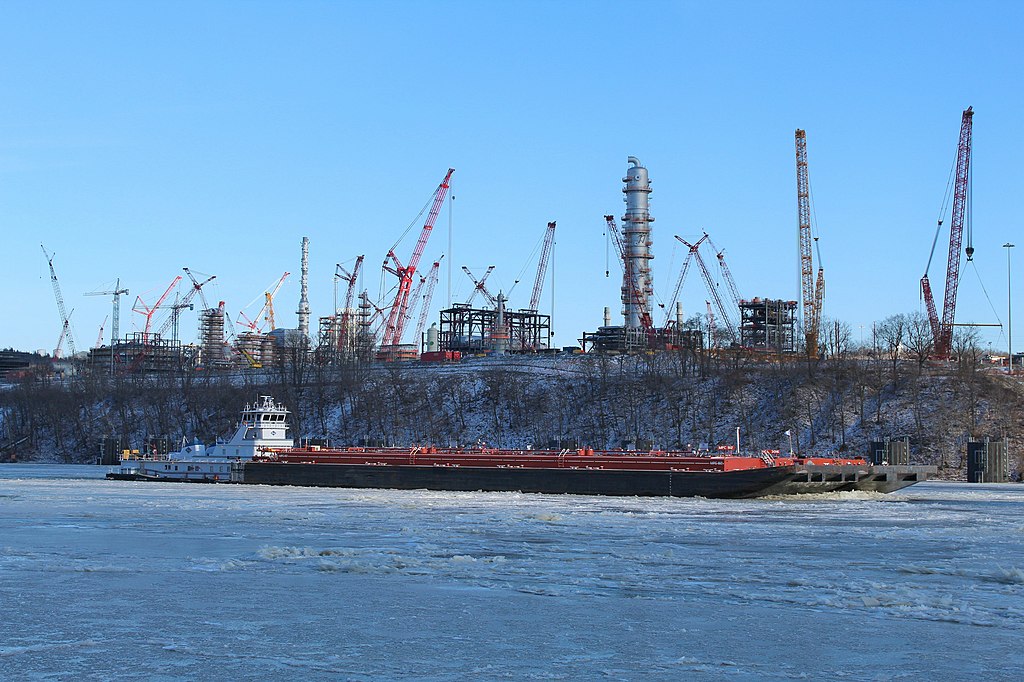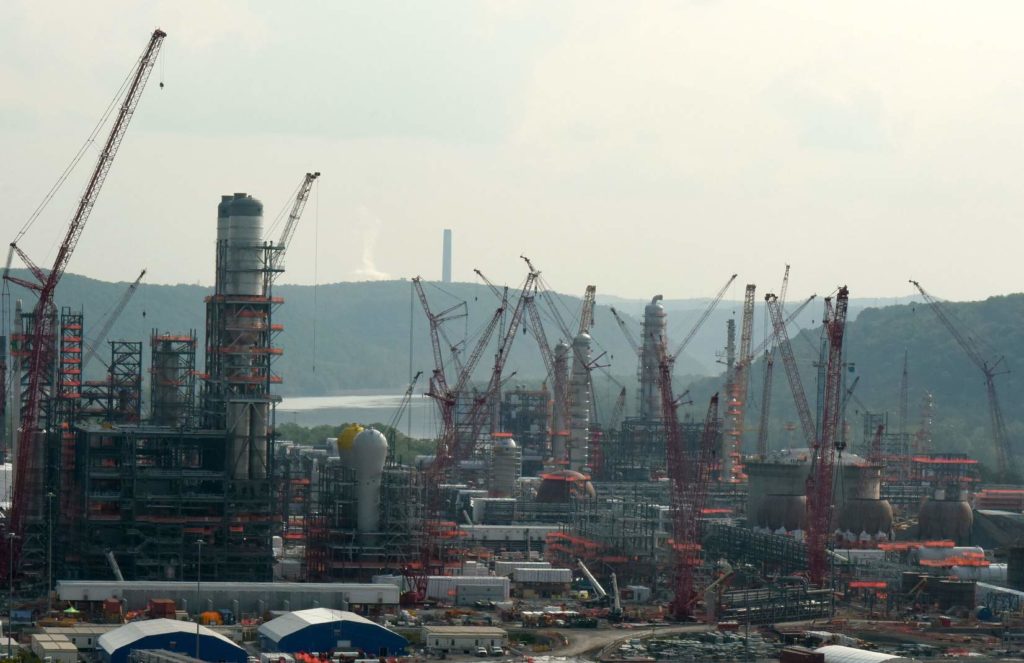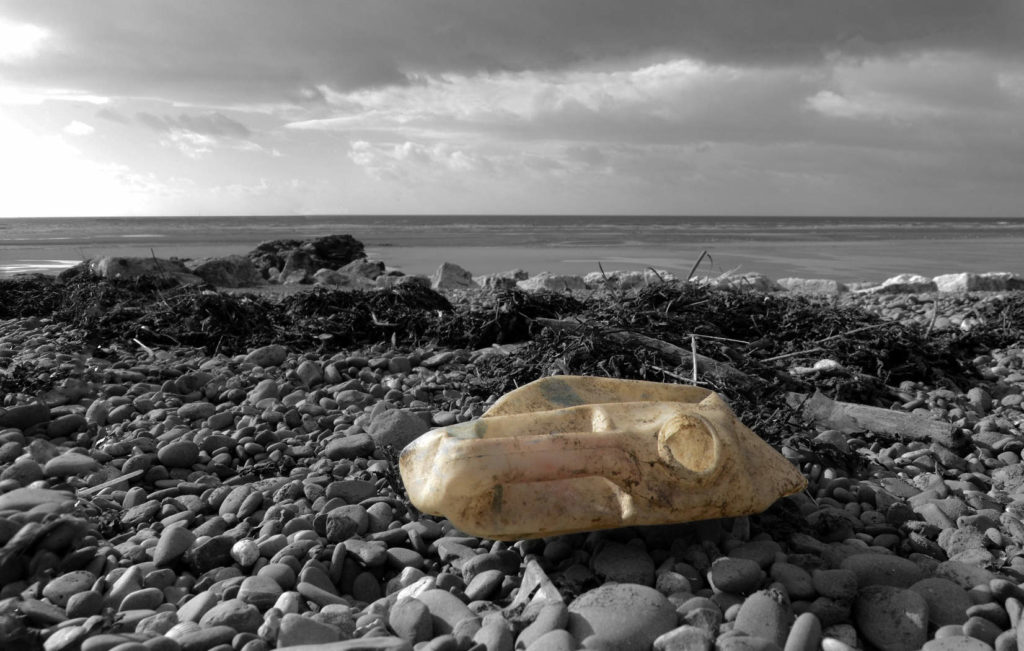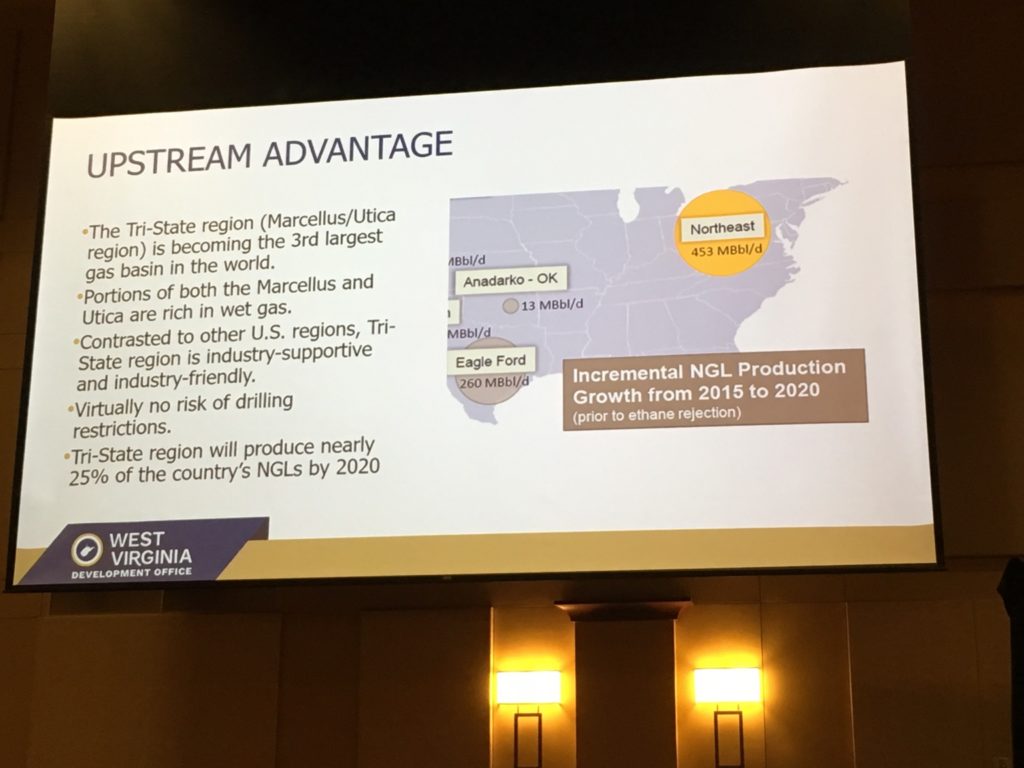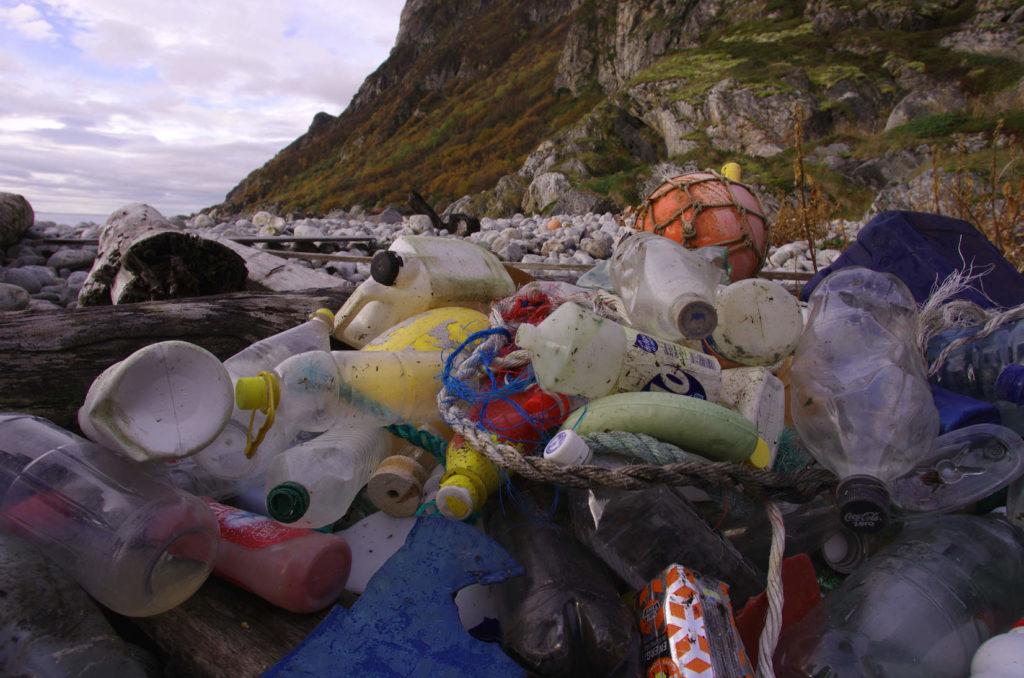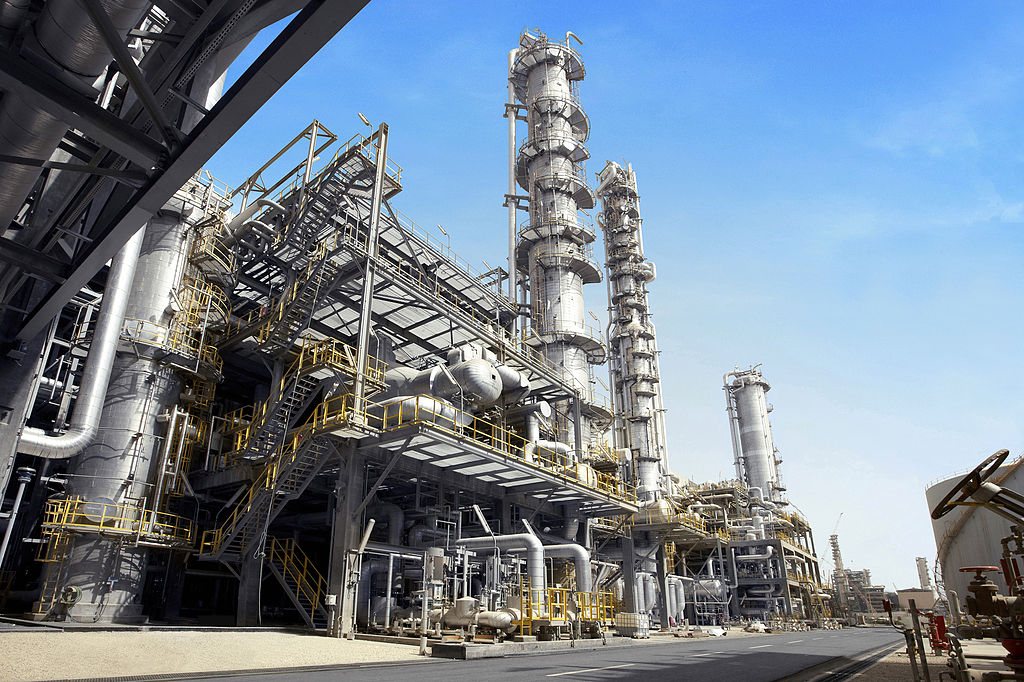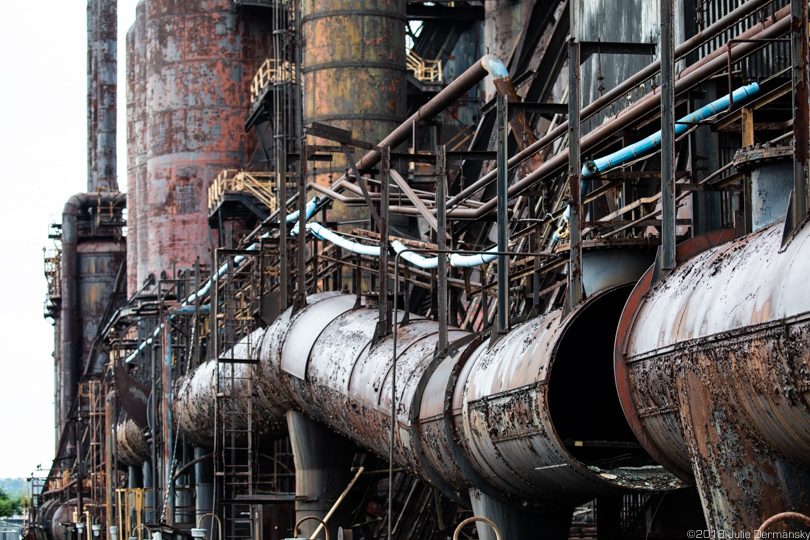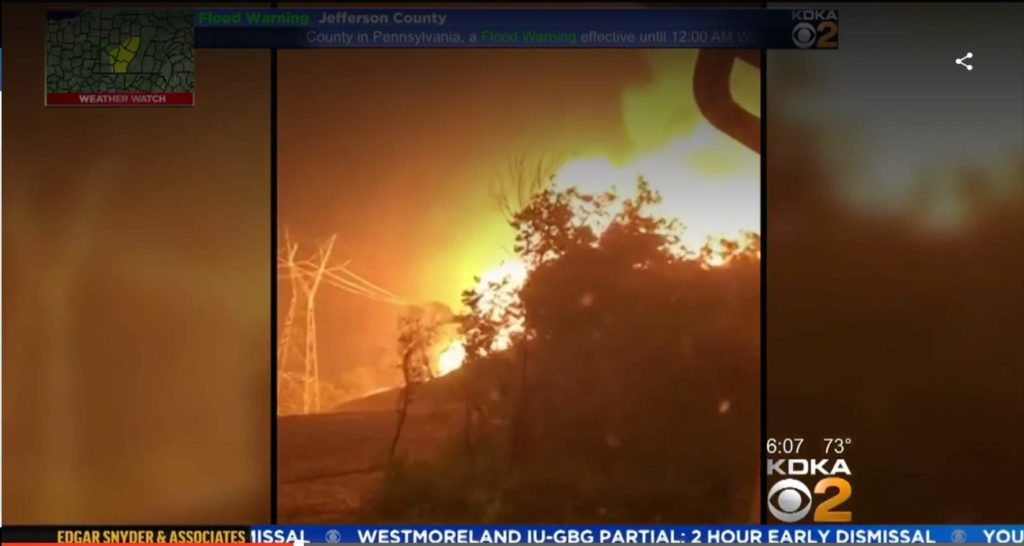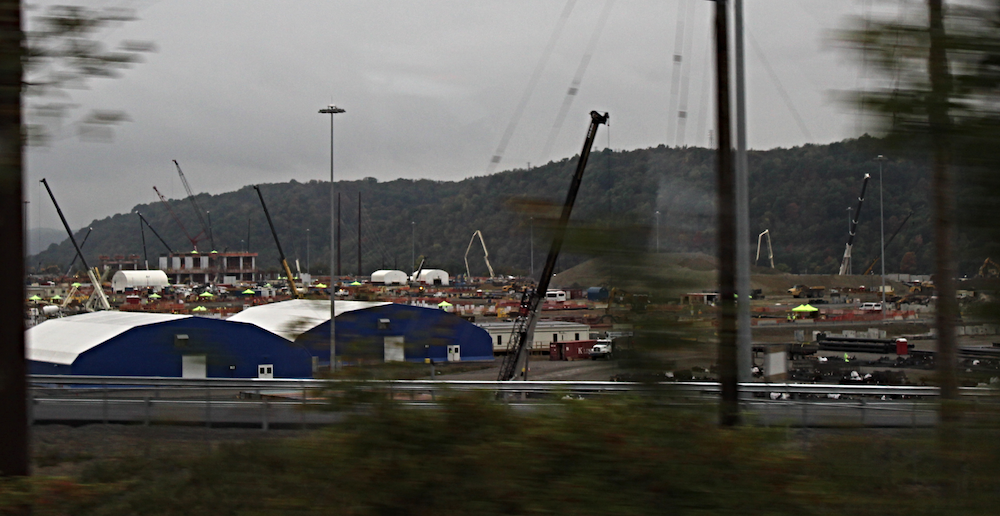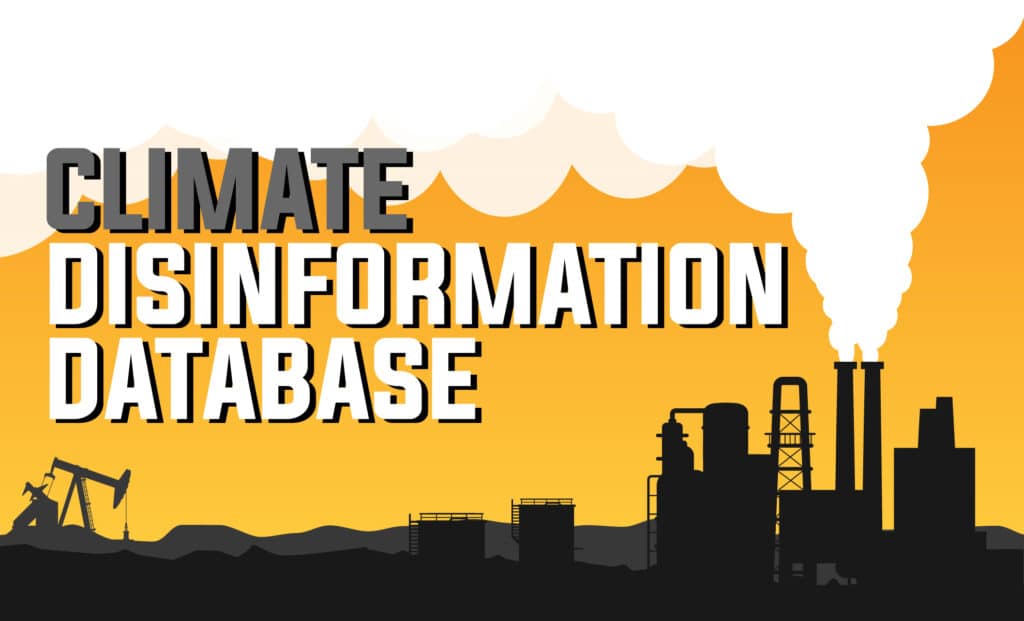Fracking continues to open up a huge supply of oil and gas in America, and investors are looking to create a new market for some of those fossil fuels, including so-called “natural gas liquids,” close to the Marcellus and Utica shales.
As a result, companies have begun pumping hundreds of billions of dollars into creating a new petrochemical corridor in the Ohio River Valley and expanding a heavily polluted corridor along the Gulf Coast known as “Cancer Alley.” The wave of construction plans means fossil fuels from fracked wells will increasingly be turned into plastics, petrochemicals, and other consumer products.
This is a DeSmog investigation into the proposed petrochemical build-out in the Ohio River Valley and the major players involved, along with the environmental, health, and socio-economic implications. We’ll explore the claims of how clean and safe the American chemical industry really is, health risks for chemical industry workers, the bait-and-switch argument that bills fracking as moving the U.S. toward energy independence rather than plastic dependence, and the groups involved in pushing for and against stronger health and environmental regulations of this industry.

